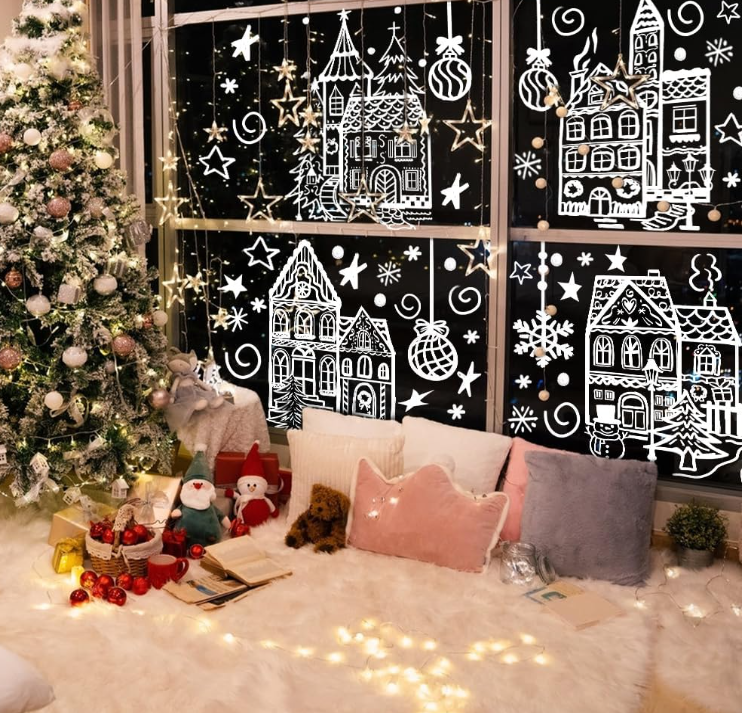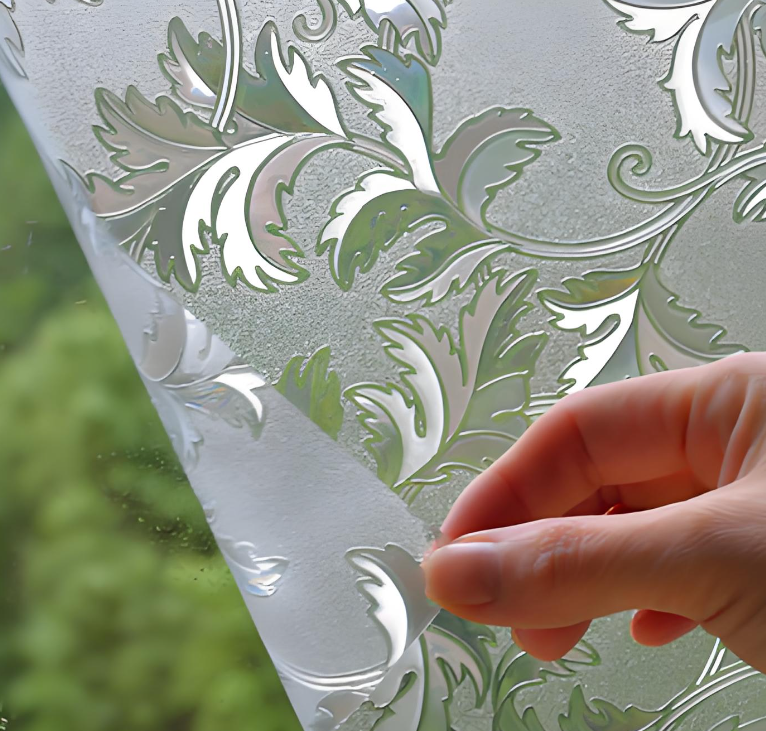How Do I Remove Sticker Residue from Glass?
We’ve all been there — trying to peel a label off a glass jar, window, or bottle, only to find a stubborn layer of sticky residue left behind. It smudges, attracts dust, and ruins the clean, transparent look of glass. While this may seem like a small annoyance, for brands and businesses, the issue goes far beyond household frustration. Difficult-to-remove stickers can damage packaging, hinder rebranding or relabeling processes, and even compromise sustainability efforts.
At MTPAK, we believe packaging should be both beautiful and practical — not just during use, but also at the moment of removal or recycling. That’s why we continuously explore innovative sticker materials and adhesive technologies that combine visual appeal, environmental responsibility, and easy handling.
What are the simple and effective methods for cleaning stickers?
When it comes to removing sticker residue from glass, there’s no single “perfect” method — each approach has its strengths and trade-offs depending on what kind of sticker you’re dealing with. The key is finding the right balance between efficiency, surface safety, and convenience.
l Warm Water & Dish Soap
For light adhesive marks, warm water with a bit of dish soap is often enough. The heat helps soften the glue naturally — it’s safe, inexpensive, and eco-friendly. The only downside? It takes time. You’ll need to soak and wait patiently before the residue loosens.
l Alcohol or Vinegar
If you’re in a hurry, alcohol or vinegar offers a faster fix. Both can quickly dissolve sticky glue, leaving a clean surface. However, they evaporate fast and require ventilation, making them less ideal for large areas or enclosed spaces.
l Natural Oils
For those who prefer gentle, natural options, plant-based oils like olive or coconut oil work surprisingly well. They slowly break down adhesive without harsh chemicals — perfect for delicate glassware. The trade-off is a bit of residue from the oil itself, which usually needs an extra wipe with detergent afterward.
l Hair Dryer Heat
And for stubborn, sun-baked stickers, nothing beats a bit of heat. A blow dryer softens hardened glue within seconds, making it easier to peel off smoothly. The caveat: keep the airflow moving and avoid overheating — too much heat may crack thinner glass or warp plastic edges.
Each of these methods solves part of the problem, yet all highlight the same truth — traditional adhesives simply weren’t designed for easy removal. That’s exactly why modern sticker technology is evolving toward smarter, cleaner, and more sustainable materials.
What is the root cause of sticker residue?
Sticker residue isn’t just a cleaning nuisance — it’s a design legacy.
Most conventional stickers were created for durability, not removal. Their oil-based adhesives form strong, semi-permanent bonds with smooth materials like glass. This ensures labels stay put through transport, heat, or moisture — but once the product’s life cycle ends, that same resilience becomes a problem.
Over time, exposure to sunlight, heat, and oxidation hardens the adhesive, turning it from flexible to brittle. The result? Sticky patches that cling to glass fibers long after the sticker is gone. Add dust or detergent residues, and the removal becomes even messier.
In short, the glue is doing exactly what it was engineered to do — stick and stay— just not in the way we’d like.
How are modern sticker materials making cleaning easier?
If traditional adhesives are the problem, what’s the solution? Modern sticker technology has been evolving with one key goal: make labels functional, beautiful, and easy to remove.
Instead of stubborn oil-based glue, today’s stickers often feature removable adhesives that hold firmly during use but peel off cleanly, leaving no residue behind. Some use static cling, relying on electrostatic force rather than glue — ideal for reusable glass surfaces like display windows. Water-based adhesives offer a middle ground: strong enough for branding, but dissolvable in warm water for easy cleaning. Meanwhile, biodegradable films combine print clarity with environmental responsibility, letting brands reduce waste without compromising quality.
The result? Glass surfaces stay pristine, consumers enjoy a hassle-free experience, and brands can reinforce a sustainable, user-friendly image. It’s no longer just about sticking; it’s about designing the lifecycle of the label itself
Can packaging really go from “Stubborn” to “Effortless”?
The struggle with sticker residue isn’t just a household annoyance — it’s a sign that packaging materials and adhesives are due for a rethink. Traditional glue was designed to stick and stay, which served shipping and shelf life well, but often left brands and consumers frustrated at the point of removal.
Today, innovations in adhesives and films are transforming this experience. Removable and water-soluble adhesives, static cling materials, and biodegradable films allow labels to adhere firmly when needed, but come off cleanly without residue. For brands, this isn’t just convenience; it’s a chance to enhance the user experience, reinforce a premium image, and reduce environmental impact.
From kitchen jars to retail displays, packaging is no longer a static component — it’s part of a thoughtful product journey that considers both use and removal. The shift from “stubborn” to “effortless” reflects a small but meaningful revolution in packaging design.
Conclusion
The next time you ask, “How do I remove sticker residue from glass?”, remember that the answer isn’t just about cleaning — it’s about better design.
By choosing smarter materials and sustainable adhesives, brands can simplify packaging processes, reduce waste, and enhance consumer experience.
MTPAK helps businesses turn these small yet meaningful details into brand strengths. From removable labels to eco-friendly coatings, we offer complete solutions tailored to your product and sustainability goals.
Email:account@mtpak.com
Contact us:https://mtpak.com/contact-mtpak




